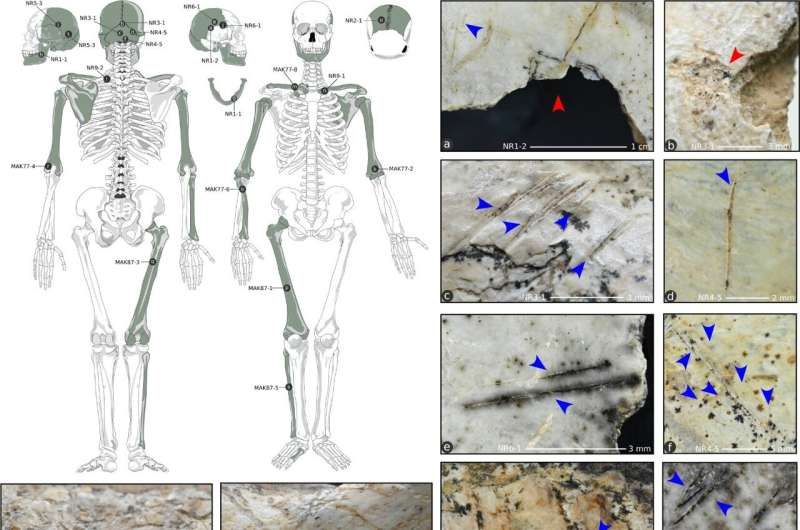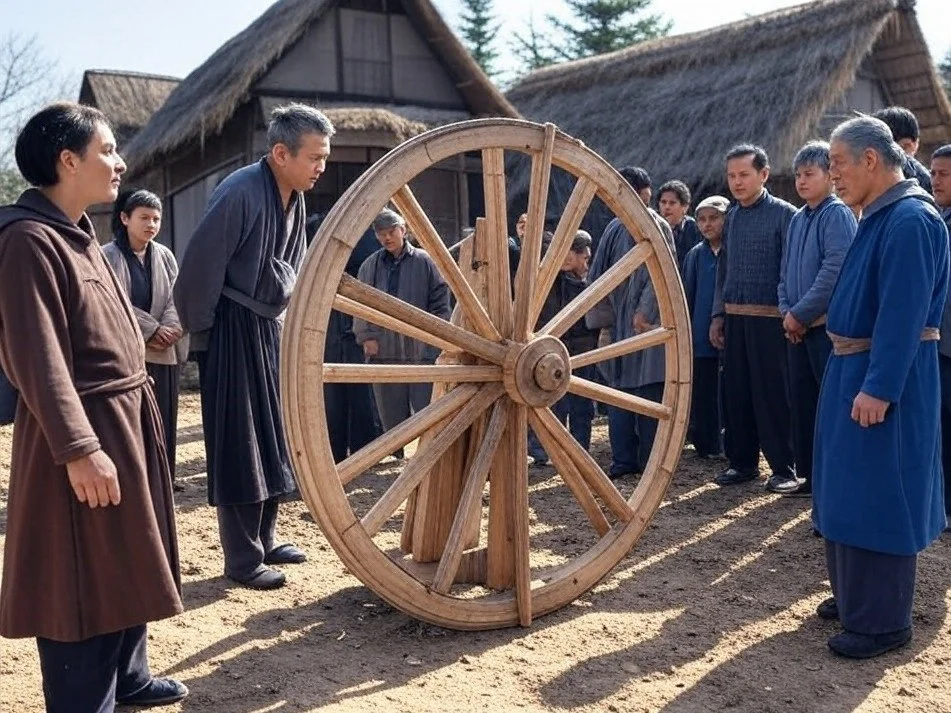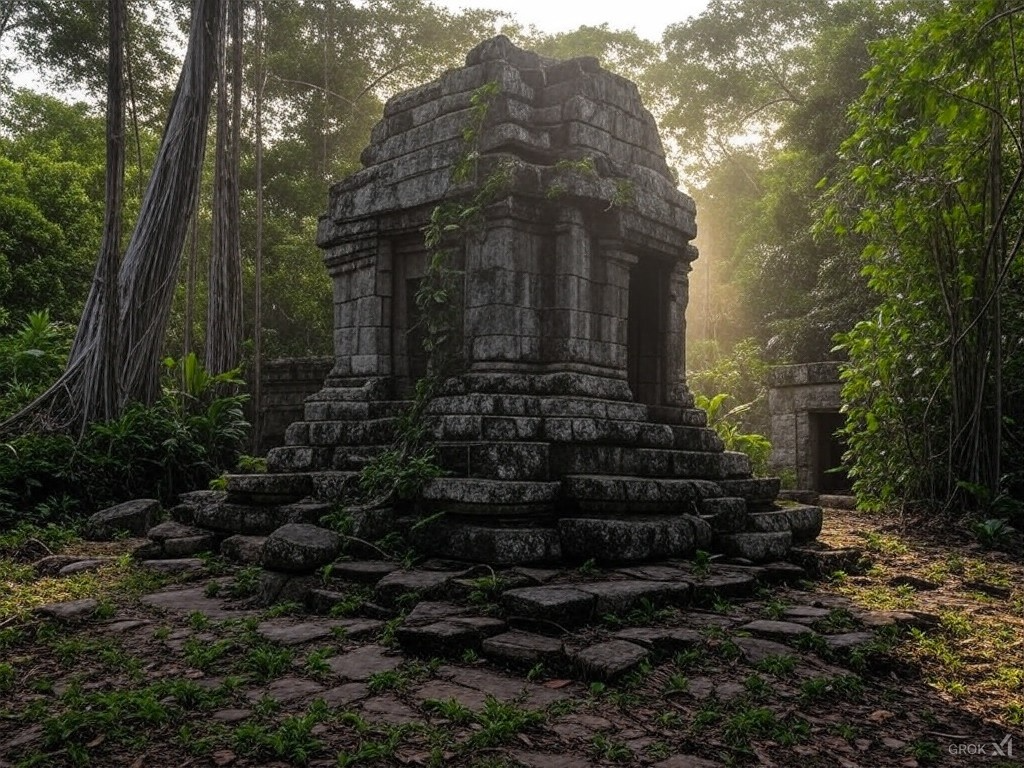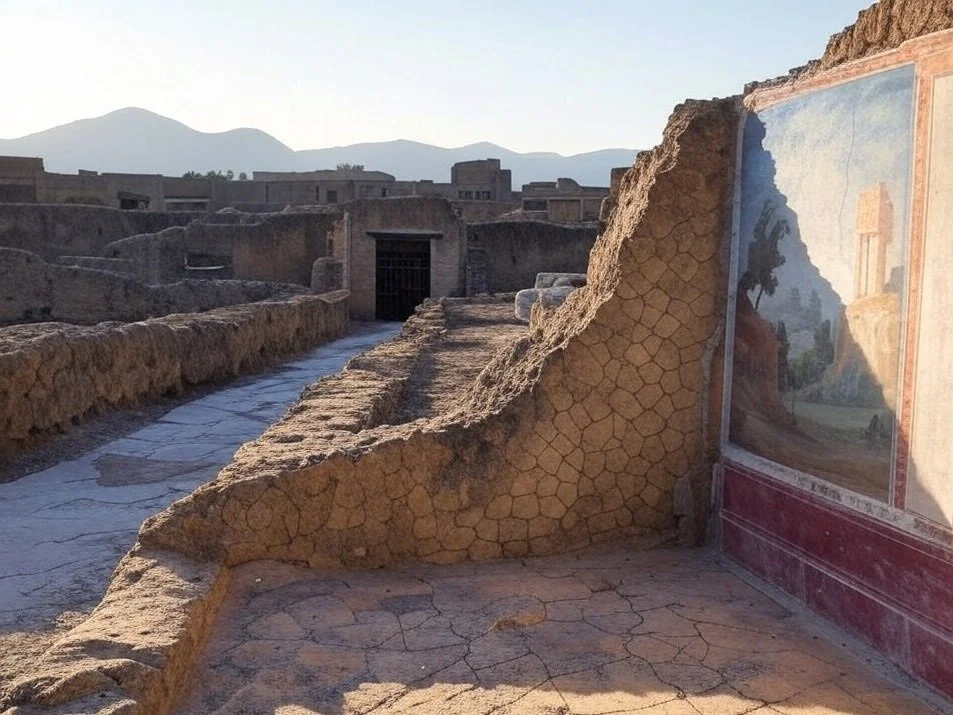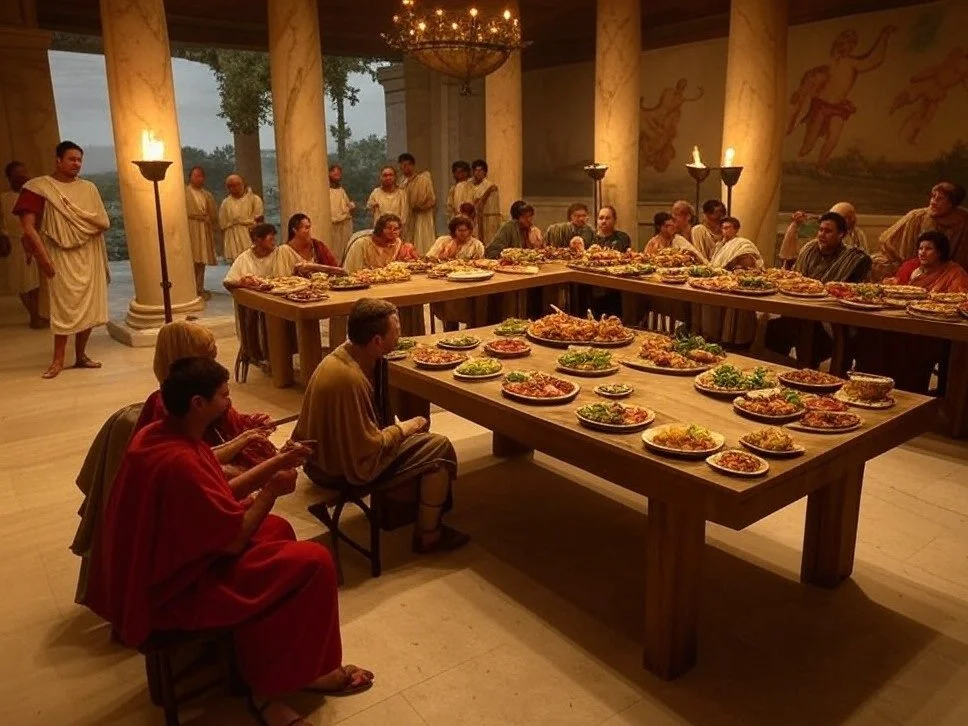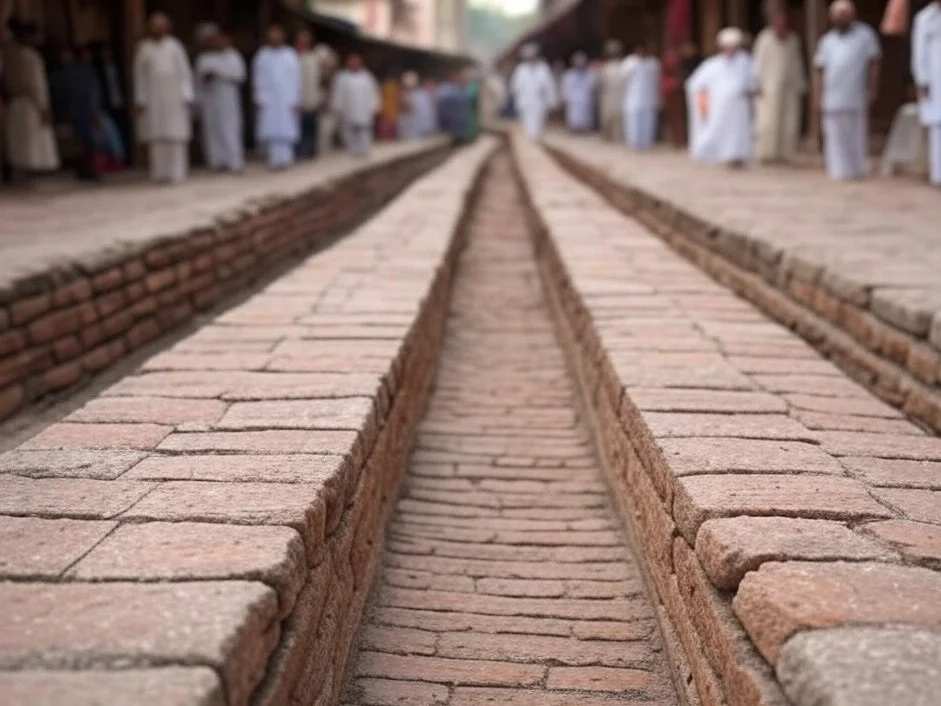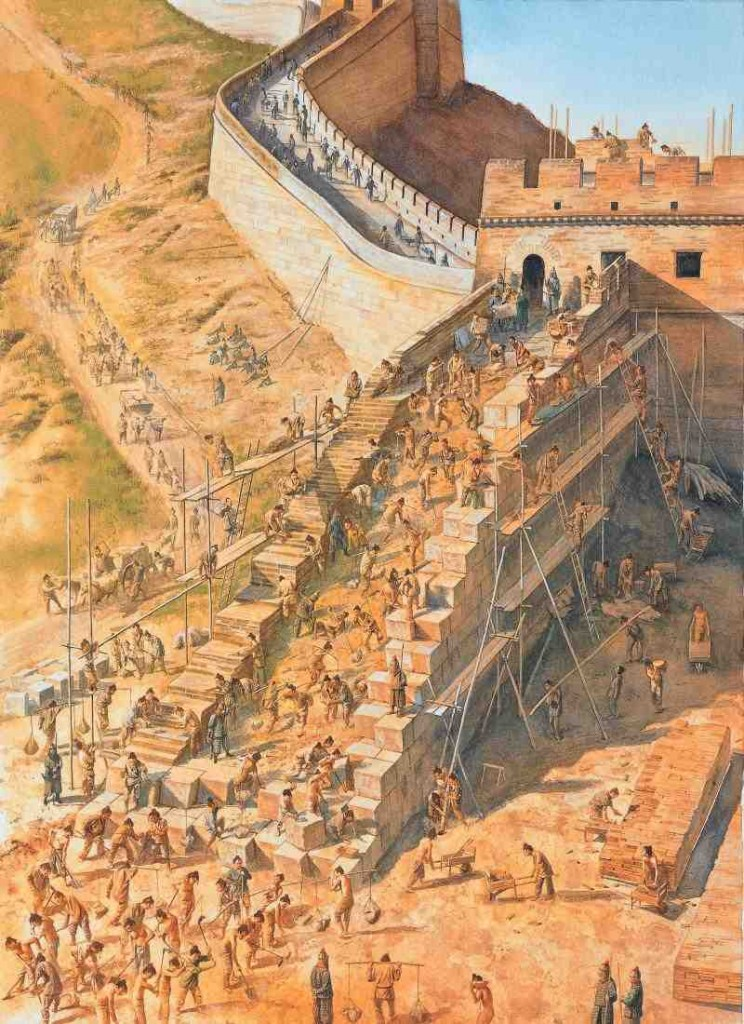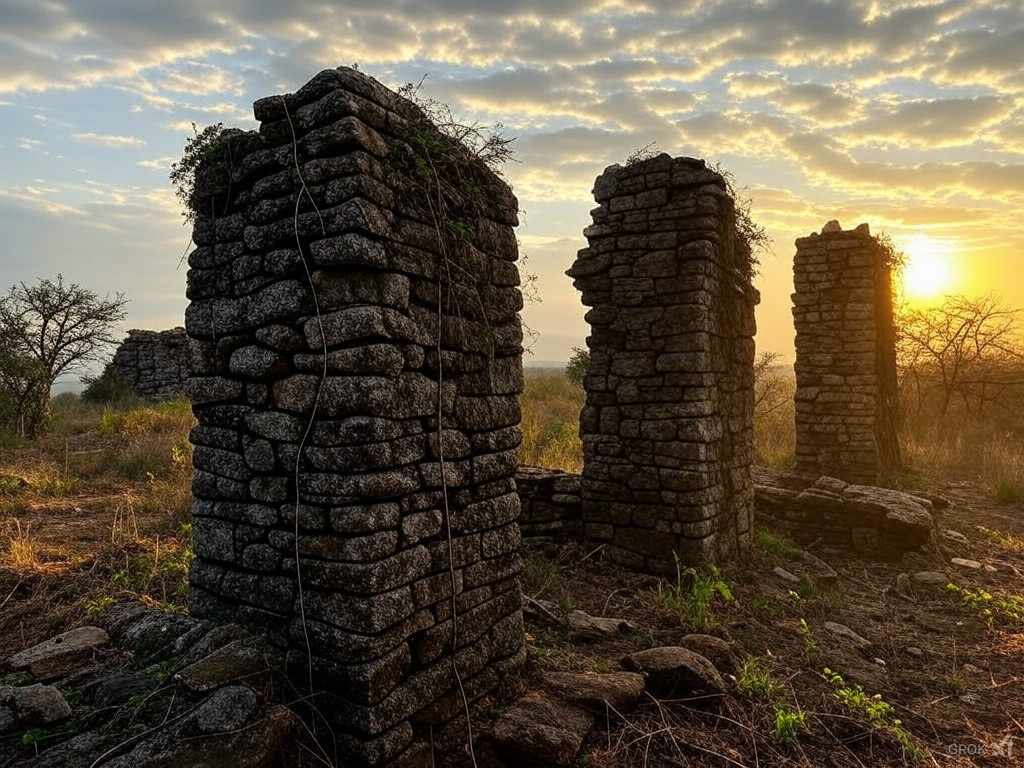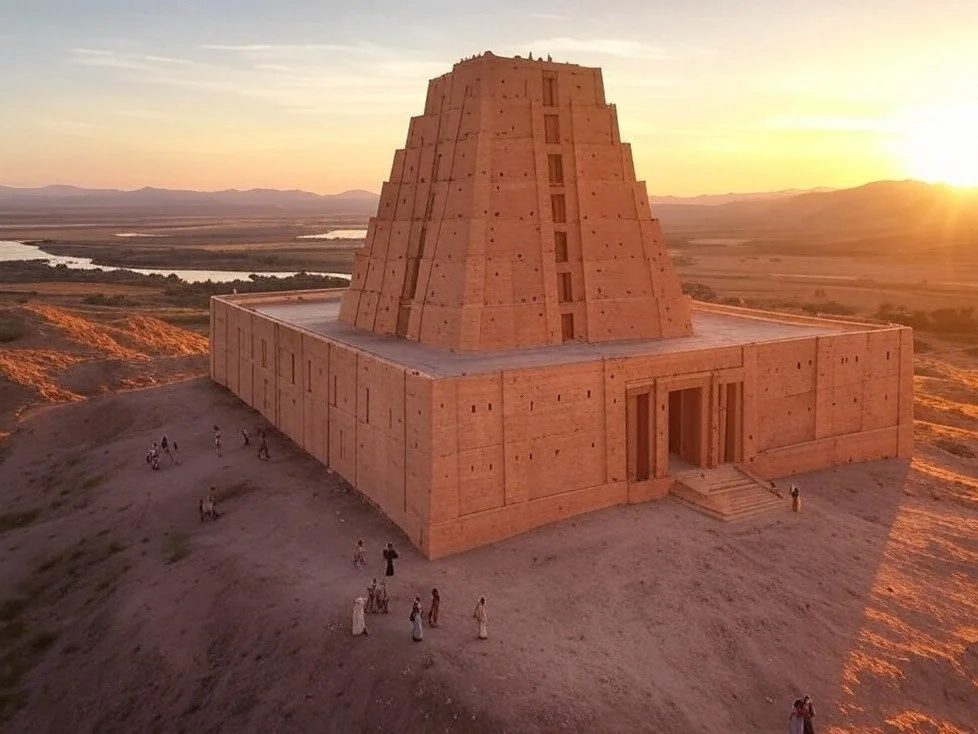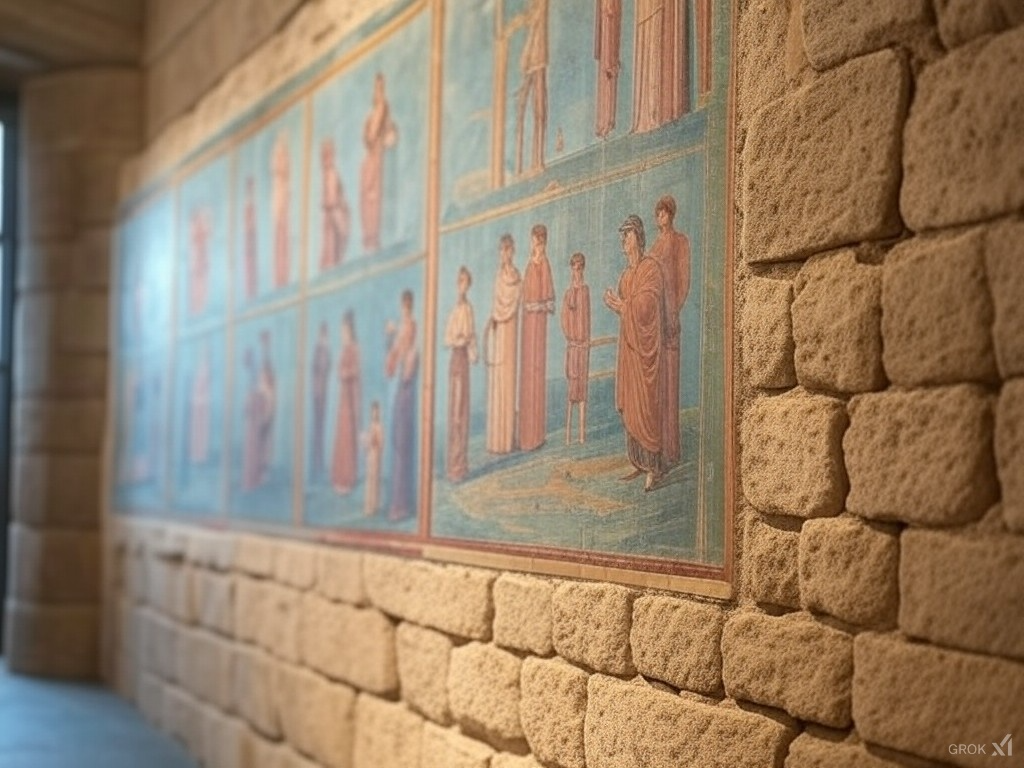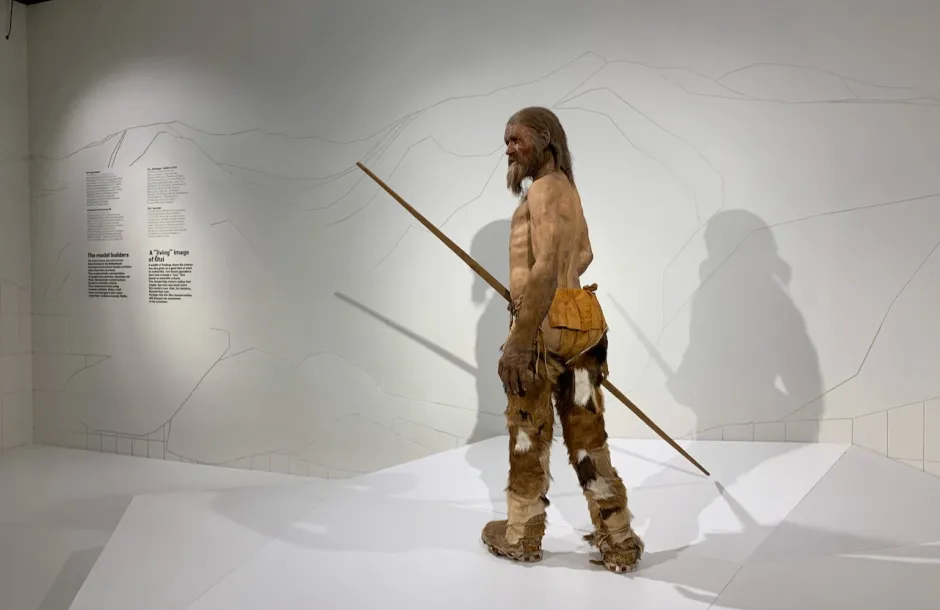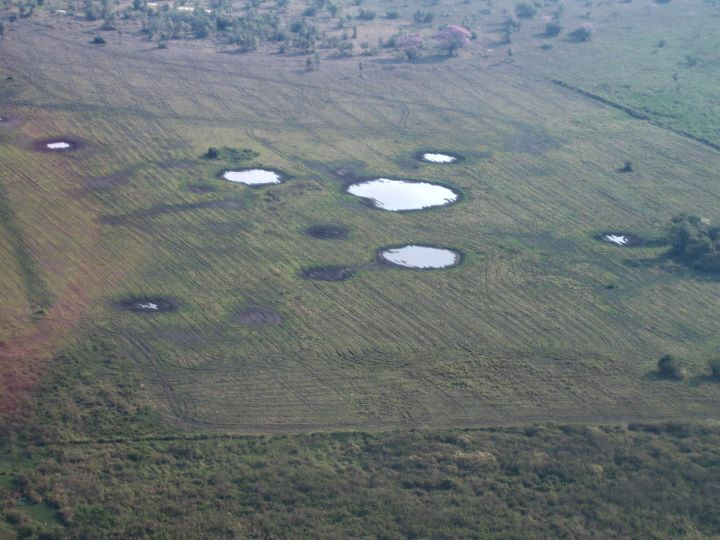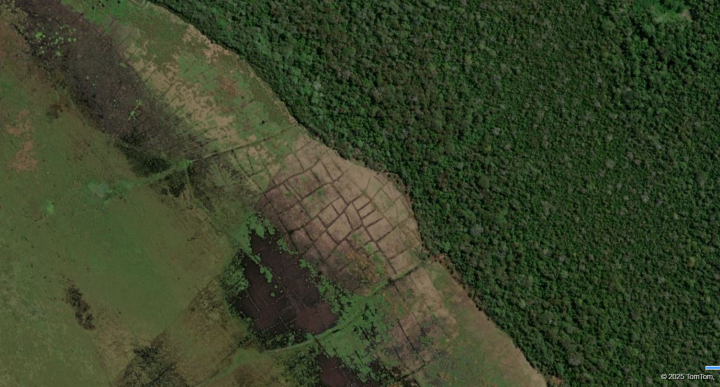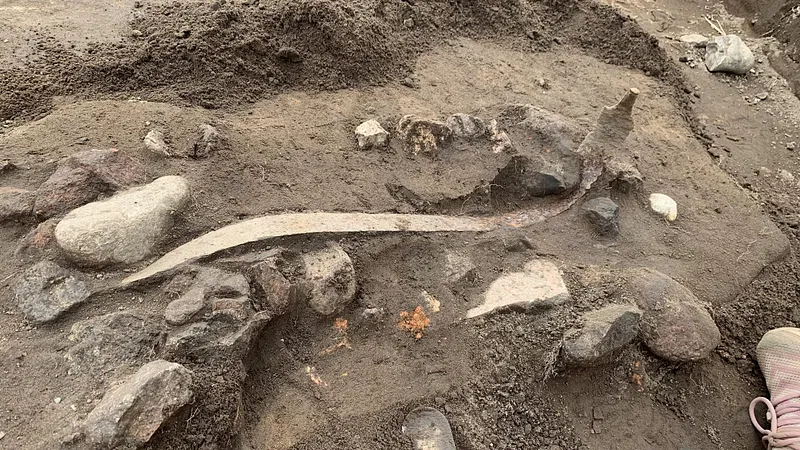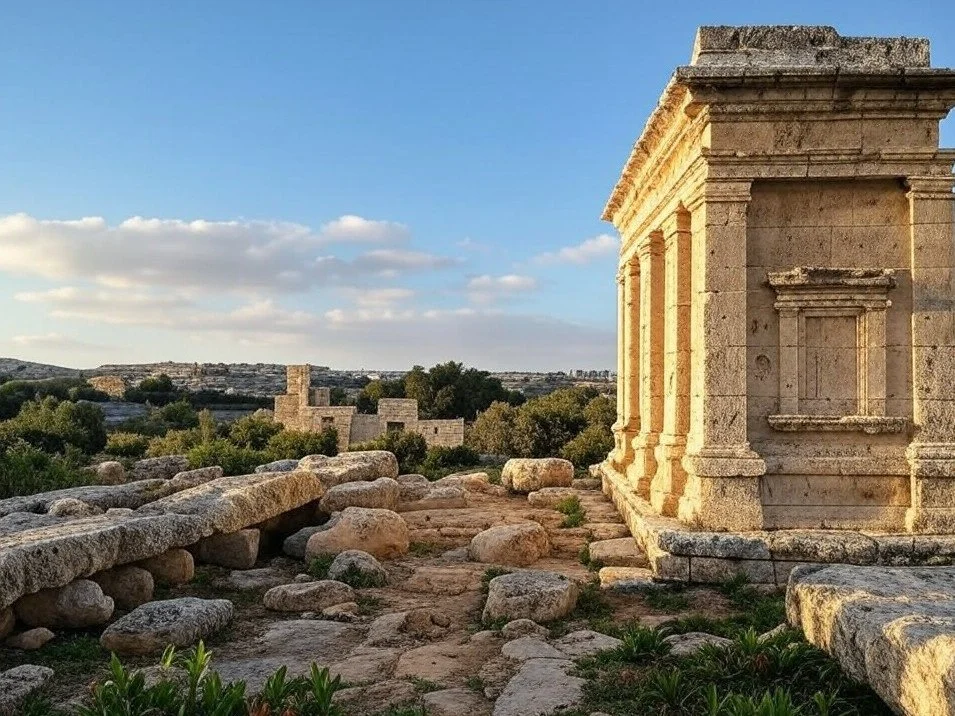Unveiling History Through Art and Science
Our understanding of ancient human history is largely built on artifacts—tools, pottery, and relics that offer glimpses into the lives of our ancestors. Yet, something fundamental is often missing: the people themselves. Without their faces, history feels incomplete.
For three decades, Swedish archaeologist and forensic artist Oscar Nilsson has been bridging that gap. Combining an artist’s eye with scientific precision, he reconstructs faces from ancient skulls, breathing life into long-lost individuals. His realistic sculptures—over 80 displayed in museums worldwide—provide a striking connection to the past, making history more tangible and personal.
“When you see a human face, it triggers an emotional response,” Nilsson explains. “It allows us to relate to history in a deeply personal way.”
The Process of Facial Reconstruction
Gathering Key Data
Every reconstruction begins with meticulous research. Nilsson starts with CT scans of the skull, which serve as the foundation for the sculpture. To ensure accuracy, he also determines four key factors: gender, ethnicity, age, and weight. This information helps him reference a vast database of tissue thickness measurements—compiled from over 220,000 readings since 1883—to estimate the depth of facial tissue at different points on the skull.
Constructing the Face
Once the data is compiled, Nilsson creates a 3D-printed replica of the skull and attaches small pegs, each cut to precise lengths based on the tissue depth measurements. Initially, the result resembles a grotesque figure out of a horror film, as Nilsson jokingly describes. But as he layers clay over the pegs, the contours of a human face begin to emerge.
Careful observation of the skull is crucial at this stage. The shape of the bone reveals where muscles attach, which varies significantly between individuals. Facial features like the mouth and nose can be reconstructed with remarkable accuracy based on the skull’s structure. Eyes, however, are trickier, requiring careful judgment about depth and eyelid shape. The most challenging feature to reconstruct is the ears, as their intricate details leave few traces on the skull. Once all elements are sculpted, a final layer of clay is applied to mimic the texture of human skin.
Merging Science and Art
At this point, Nilsson shifts from scientific precision to artistic intuition. He likens the process to walking a tightrope—on one side is rigid scientific accuracy, and on the other is artistic interpretation. Striking the right balance is what makes each reconstruction both authentic and evocative.
Fine details bring the sculpture to life: wrinkles, subtle asymmetries, and individually placed human hairs. While skeletal remains can’t reveal these aspects, DNA analysis is advancing the field. When Nilsson began his work in the 1990s, even eye color was a mystery. Today, geneticists can determine eye color with high confidence and are making strides in predicting hair color, texture, and skin tone. As genetic science progresses, reconstructions will become even more precise.
Forensic vs. Historical Reconstruction
Facial reconstruction plays a vital role in forensic investigations, helping identify unknown remains. In these cases, forensic artists like Kathryn Smith of Stellenbosch University in South Africa stress the importance of scientific accuracy. Every detail must be supported by evidence, as even minor artistic liberties could hinder recognition. To maintain objectivity, forensic reconstructions are typically presented in grayscale.
Smith, unlike Nilsson, employs an entirely digital approach. Using a haptic touch device, she can “feel” the skull’s contours through her computer, adjusting the model with precision. Digital reconstructions offer flexibility—faces can be modified and even animated, making them useful for forensic cases and historical research alike.
The Challenge of Interpretation
When reconstructing figures from history, there is slightly more room for interpretation. However, Nilsson emphasizes that it’s not about imposing his own vision onto the skull. He aims for subtlety, avoiding exaggerated expressions or emotions.
One of his most compelling projects was a reconstruction of a queen from the ancient Wari civilization of Peru. She was buried alongside 60 sacrificed women, indicating her powerful status. Nilsson could have sculpted a commanding or cruel expression, yet he chose a more ambiguous approach. The final result portrays a stern yet not unkind face, allowing viewers to interpret her character for themselves.
“Every decision has to align with what the evidence suggests,” Nilsson explains. “It’s not a portrait—it’s an interpretation.”
The Future of Facial Reconstruction
Artificial intelligence (AI) may soon revolutionize the field. With enough data linking skull structures to facial features, machine learning algorithms could detect patterns beyond human perception. This could lead to reconstructions that are more accurate than ever before.
Nilsson acknowledges the potential but remains cautious. While AI can enhance accuracy, an artist provides something unique: transparency. A human expert can explain their methods, while AI remains a “black box,” producing results without clear justification.
The Timeless Fascination with Faces
Despite technological advancements, our fascination with faces remains unchanged. “This curiosity about faces is deeply ingrained in us,” Nilsson says. “It has always been there and will continue to be. The only thing that changes is the technique.”
By merging art and science, facial reconstruction allows us to look into the eyes of the past—bringing history to life in ways that artifacts alone never could.


